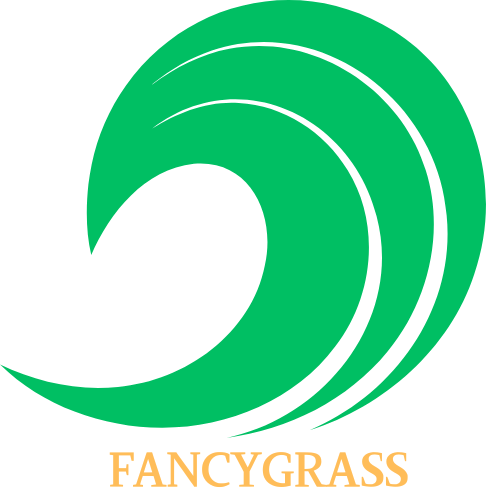Introduction
Transforming your outdoor space with artificial grass is a fantastic way to enjoy a lush, green lawn without the hassle of traditional grass maintenance. But before you lay down the turf, it’s crucial to lay a solid foundation. The base material you choose will significantly impact the longevity, stability, and overall performance of your artificial grass. This guide will walk you through the essential base materials, installation process, and maintenance tips to ensure your artificial turf thrives for years to come.
Choosing the Right Base Material
The foundation of your artificial grass installation is the sub-base, a layer of material that provides stability, drainage, and a level surface for the turf. Here’s a breakdown of the most common options:
1. Crushed Rock:
- Pros: Excellent drainage, readily available, affordable, and easy to install.
- Cons: Can be prone to settling and uneven compaction, may not be as aesthetically pleasing as other options.
2. Decomposed Granite (DG):
- Pros: Provides excellent stability and drainage, compacting easily, and aesthetically pleasing.
- Cons: More expensive than crushed rock, may require specialized delivery.
3. Sand:
- Pros: Economical, readily available, and good for drainage.
- Cons: Requires a coarse sand for optimal drainage, can be susceptible to settling and compaction issues.
Layering and Compaction
Once you’ve chosen your base material, it’s time to lay it down and compact it for a stable foundation.
1. Laying the Sub-Base:
- Begin by laying a layer of your chosen base material, ensuring it’s level and free of debris.
- Compact the first layer to about 90% of its original volume using a plate compactor.
2. Adding the Base Layer:
- Add a second layer of the same material, ensuring it’s level and compacted to 95% of its original volume.
3. Ensuring Even Compaction:
- Use a plate compactor to ensure even compaction throughout the base layer. This is crucial for a level surface and long-term stability.
Optimizing Drainage System
Proper drainage is essential for the longevity of your artificial grass.
1. Crushed Rock Layer:
- Use a layer of crushed rock to allow water to pass through easily, preventing pooling and instability.
2. Weed Barrier:
- Place a weed barrier beneath the crushed rock to prevent weed growth without hindering water flow.
Selecting Infill and Installation
Infill is the material that provides stability to the artificial grass fibers.
1. Infill Options:
- Silica Sand: Provides good stability and is readily available.
- Rubber Crumb: Offers excellent resilience and shock absorption.
- Combination: A blend of silica sand and rubber crumb can provide the best of both worlds.
2. Even Distribution:
- Ensure even distribution of the infill during installation to maintain a level surface and prevent matting.
Maintenance and Upkeep
Regular maintenance is key to keeping your artificial grass looking its best and ensuring its longevity.
1. Surface Cleaning:
- Regularly remove debris to prevent buildup and maintain a clean surface.
2. Weed Control:
- Promptly remove any weeds that appear to prevent them from damaging the turf and infill.
3. Infill Top-Up:
- Occasionally top up the infill to keep the blades upright and the ground stable.
Conclusión
Choosing the right base material is crucial for a successful artificial grass installation. By understanding the different options and following the proper installation and maintenance procedures, you can create a lush, green lawn that will provide years of enjoyment.
PREGUNTAS FRECUENTES
Q: How deep should the base be for artificial grass?
A: A depth of 3-4 inches is typically sufficient for residential installations.
Q: What is the best infill material for artificial grass?
A: Silica sand, rubber crumb, or a combination of both are popular choices.
Q: How often should I top up the infill?
A: Top up the infill as needed, typically every 6-12 months, to maintain stability and prevent matting.
Q: Can I use gravel for my artificial grass base?
A: Yes, gravel can be used as a base material, but it may require more frequent maintenance due to its susceptibility to settling.
Transform your outdoor space with the beauty and durability of artificial grass. We offer free artificial grass samples.We’re a leading artificial grass manufacturer in China, and we’re here to help you every step of the way. Get a free site plan and quotation plan from our experts.

